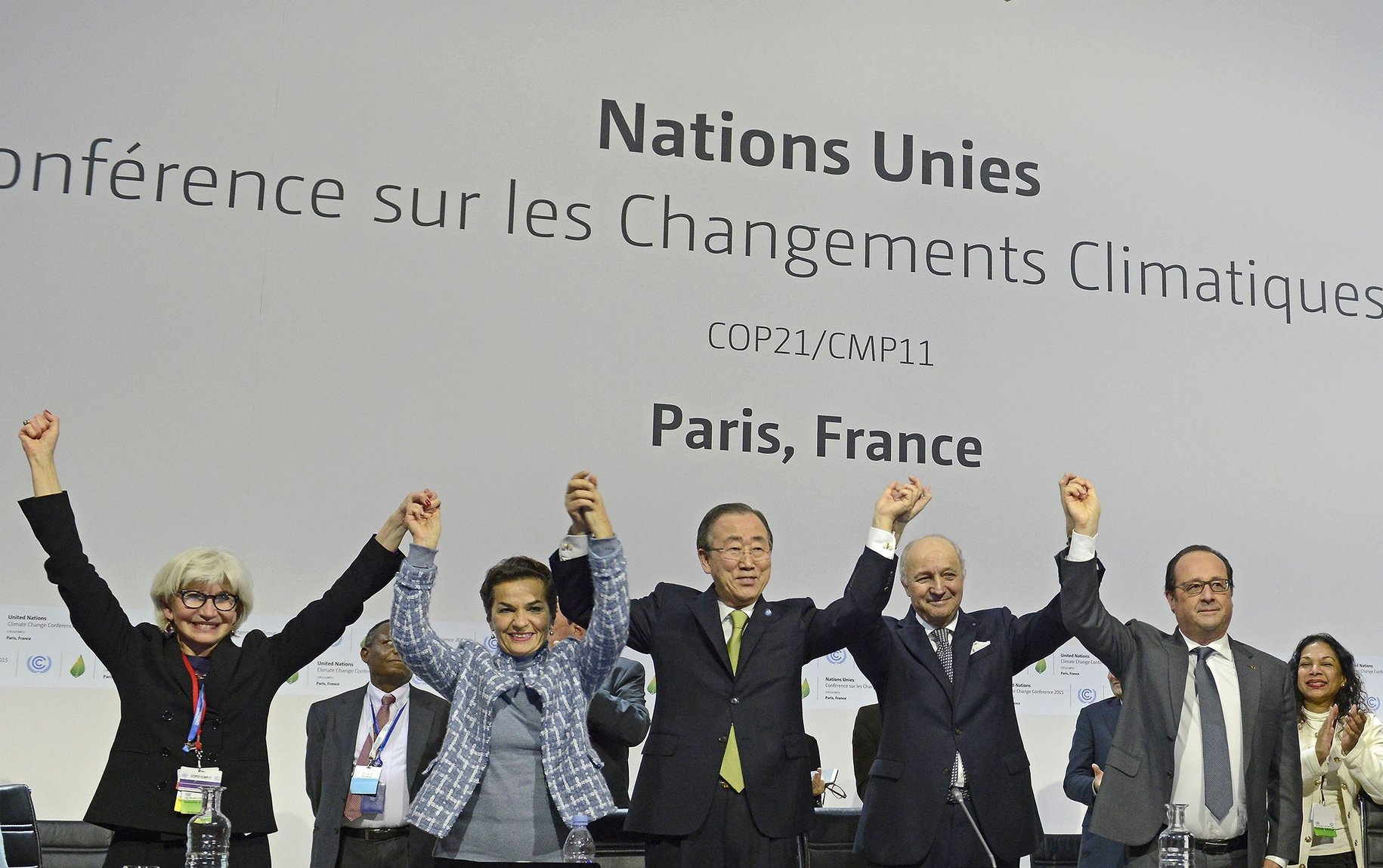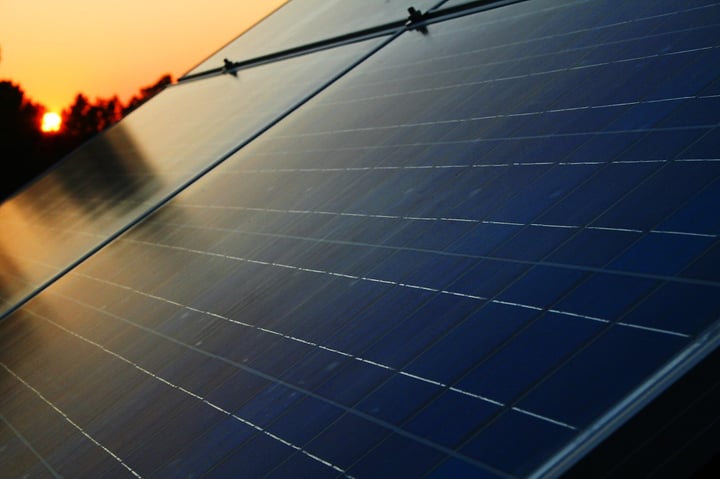Last December, the United Nations met in Paris. The day was cloudy and cold but inside the United Nations Framework Convention on Climate Change, intense negotiations about global warming (and what to do about it) made the day exciting and heated.
What came out of that day was a breakthrough on climate diplomacy and world leadership. French Foreign Minister Laurent Fabius headed the talks and gracefully came up with solutions to form the Paris Climate Agreement. The direct involvement of President Obama and others was critical to the convention’s success. The negotiations between China and the U.S., especially, was pivotal to the agreement’s outcome.

But What Is the Agreement?
The Paris Climate Agreement is a clear and legally binding framework for countries to report their emissions regularly and to undergo a periodical technical expert review. Regular assessments and recurring pledges to the clean energy cause will occur, beginning in 2020. Strong measures will be taken to prevent against double-counting any emission reductions.
The structure of the agreement doesn’t include penalizing countries if emission goals are not met but there are a series of provisions that encourages markets to increase investments in clean energy and reduce pollution.
With this wise “carrot” based approach, it’s difficult to imagine the model not working. Indeed, while there are some critics, 187 countries who currently contribute to almost 99 percent of global emissions have already agreed to take part in the action on climate.
So What Makes up the Agreement?
Governments agreed to:
- A long-term goal to keep the increase in global average temperatures to well below 2 degrees Celsius
- An aim to limit the increase to 1.5 degrees Celsius, since this would significantly reduce the risks and impacts of climate change
- A need for global emissions to peak as soon as possible, recognising that this will take longer for developing countries
- Undertake rapid reductions thereafter in accordance with the best available science
- Come together every 5 years to set more ambitious targets as required by science
- Report to each other and the public on how well they are doing to implement their targets
- Track progress towards the long-term goal through a robust transparency and accountability system
- Strengthen societies’ ability to deal with the impacts of climate change
- Provide continued and enhanced international support for adaptation to developing countries
- Recognize the importance of averting, minimising, and addressing loss and damage associated with the adverse effects of climate change
- Acknowledge the need to cooperate and enhance the understanding, action, and support in different areas such as early warning systems, emergency preparedness, and risk insurance
The structure of this agreement was made to promote clean energy and the chance to put our world on a healthier path. Many think it’ll do what it’s set out to.

Thinking towards the future, there’s no doubt that this agreement will cause change. It will push investments, policy choices, and there will be a significant shift in decision-making. A transformative movement was just created. Now it’s time to deliver.
Make the switch to solar today! You’ll be one of the first to experience the many benefits of solar, including tax breaks, grants, and the fact that you’ll become an ambassador of clean energy. Call us at 407.331.9077 or contact us online. We can’t wait to hear from you!
